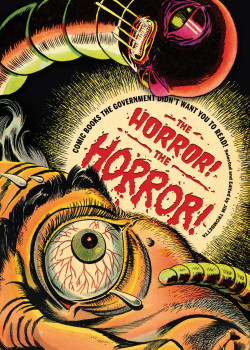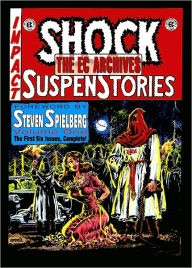 |
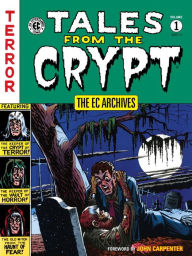 |
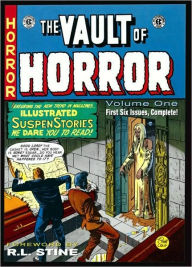 |
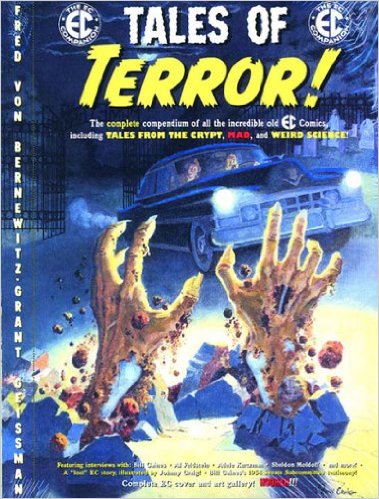 |
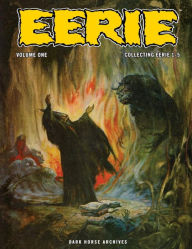 |
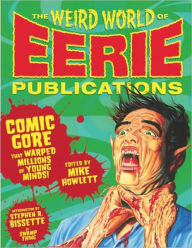 |
 |
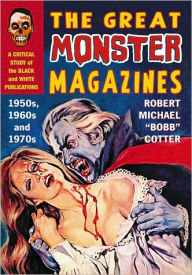 |
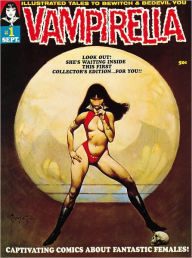 |
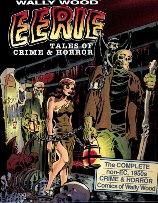 |
Looking to find out more about the Horror Comics from the 50s? Need to know what the best reprints are? Whether you are starting a new collection of horror comics or just love the disgustingly violent cover art, here’s where to find the best books about the comics!
These books detail what comics published the best and most gruesome stories before the advent of the Comics Code Authority, what happened in the 1950s with Wertham and his book Seduction of the Innocent, and the reboot of the horror craze in the 1970s with Warren leading the way!
The Horror, The Horror:
Comic Books the Government Didn’t Want You to Read
by Jim Trombetta
Harry Abrams, Inc., 2010
Sporting the best cover of all the oversized history of horror comics tomes, The Horror makes a great coffee table book. Its gruesome cover reproductions are full-sized and richly colored as are its reprints of complete stories.
The essay on the history and development of the genre medium serves to frame the artwork, but examines the phenomenon through a Fruedian lens. The author’s interpretation of too many covers is sexual. Horror results as a just punishment for transgression, as payment for greed, murder, and lust. The stories included fall flat when used as examples of creeping homosexuality, vampiric predation, or a reflection of contemporary politics.
The chapters are disjointed, and lacking a theme. One is on EC comics, another is on werewolves. They read like introductions that might be read by The Old Witch as she welcomes us to the next stop on our tour of terror, but Trombetta doesn’t give us a character.
There is a (video) DVD included that contains a B&W documentary on the growing threat of comics from the 50s (…that starts with C, that rhymes with P, that stands for pool). The episode of Confidential File is interesting, but I would have preferred a data disk with a few old comics on it.
On the whole, this is an excellent art book. If not an intellectual cornerstone, the pictures alone would make this the one I stole from the library and ripped pages out of to hang on my wall as a teenager.
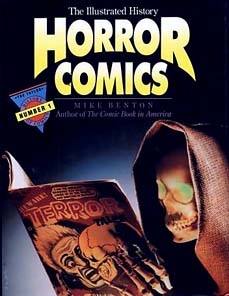
Horror Comics:
The Illustrated History
(The Taylor History of Comics)
by Mike Benton
Taylor, 1991
To find a true guide to the history of comics in the 50s, this is the book to pick up and refer back to as a kind of handbook.
Benton has hand-picked artwork to reproduce from covers and excerpts from stories that reflect the depth to which the unfettered imagination would stoop before the government stepped in. He also presents a linear history that takes us from old-time radio and pulp fiction to crime comics, up through EC, the gratuitous bloody cesspool of ‘52, the censorship hearings and Seduction of the Innocent, and then most significantly examines the second rise of graphic horror in Warren and other magazines and the second golden age of monsters in the ‘70s, and even goes so far as to talk about the ‘80s.
The most impressive content of this volume is the second half, a detailed annotated listing of every comic book (to publication) that could even remotely be considered a horror title. It could easily have served as Benton’s master’s thesis. I am saddened that it came out before the advent of DC’s Vertigo imprint.
Impressively, there is a chapter at the end on collecting comics as well. Though outdated now, (you can tell it was written during the great mylar bag revolution,) you have to respect a guy who encourages newcomers to care for their books by keeping them bagged, boxed, cool and dry.
If you need to know that Where Monsters Dwell and Where Creatures Roam were just reprints of old Marvel Tales to Astonish, this is the place to get that kind of pragmatic detail.
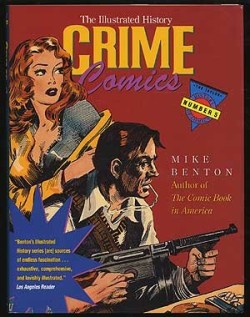
Crime Comics:
The Illustrated History
(The Taylor History of Comics)
by Mike Benton
Taylor, 1993
Horror comics went hand in hand with the extreme violence of the 1950’s crime comics. An offshoot of the pulps and their blood-tingling graphic descriptions of torture and gun play, the crime comics have as interesting a history as the more supernatural tales, many times sharing the same cover.
Benton shows his mastery of all genres in the Taylor History of Comics, This time exploring the evolution of the species from stories about private dicks to true-life historical dramatizations of rock-star like gangsters; Bonnie and Clyde, Babyface Nelson, or the Dalton Boys. Crime Does Not Pay is highlighted. Then he brings it full circle to look at modern heroic depictions of The Man From UNCLE, Steed and Emma Peel, Sherlock Holmes, and Ms. Tree.
This volume also contains an annotated catalog of every crime comic worth reading (and not). If you want to know the difference between the Dell, Prize Publications, and Charlton versions of Charlie Chan, he spells it out.
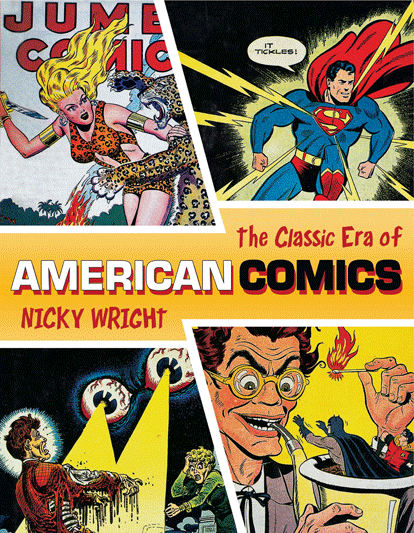
The Classic Age of American Comics
by Nicky Wright
Prion, 2009 (& McGraw-Hill 2000)
This giant-sized documentary doesn’t just talk about horror, it traces the history of comics from the funnies all the way to “It’s All Over.” Wright dedicates chapters to Superheroes, Science-Fiction, Westerns, Jungle Adventure, and War comics in addition to comprehensive histories of both Crime and Horror genres.
His history of crime details the growth of violence in the depictions of gangsters and detectives with a comparison of what sorts of titles and stories were being produced by different publishers. Marvel had its focus, just as Bill Gaines had his titles. Looming as a shadow in the background, a psychiatrist named Wertham began to learn more about comic books and their effect on youth.
The horror chapter leaves nothing to be desired, with full-page covers and shots of severed heads to accompany the insightful text. His narrative covers all the ground that needs to be heard, from the details behind the founding of EC and which authors were known for what styles, to what publishing houses produced how many titles and of what flavors of terror.
Harvey had four horror titles: Chamber of Chills, Black Cat, Witches Tales, and Tomb of Terror, and they had very inviting cover designs. Occasionally, when the stories were drawn by Bob Powell, Howard Nostrand, and Rudy Palais, Harvey’s horror comics were lifted into the above-average class.
Wright’s historic overview is successful, and will leave the reader more knowledgeable about the comics he or she is looking to collect while entertaining them with quality supportive visuals.
Online Resources
A new type of blog has emerged that reprints only specific stories out of a particularly good issue. Because of copyright, the full work of art is not reproduced and the stand-alone chapters are presented as an example for study and discussion among enthusiasts of the art form. They celebrate artists and compare their work. They share which comics were the goriest & scariest. Some provide forums on Facebook where collectors can show off their latest flea-market finds.
Karswell’s The Horrors of It All
On Facebook: HORROR COMICS: 1950s and BEYOND!
Specter Girl’s Crypt
DC Pages of Fear
German websites:
The Good , The Bad, & The Ugly | Fawcett, Charlton Comics | Standard & Fiction House | Ace Comics
Reprints
Collecting the original comics can be daunting. Not only are they hard to find (and yes, many folks get blinking red bat-alerts as soon as they go up on Ebay,) but they can be pricey. Most Golden Age horror comics run about a hundred dollars at average. If you are talking about original EC issues, well, if you have to ask, it’s probably too much.
For when you just want to read the stories for the sheer guilty pleasure of it, (and don’t want to break into those sealed, graded books,) there are a lot of choices:
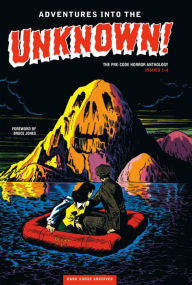 |
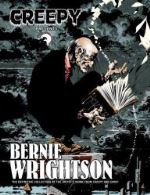 |
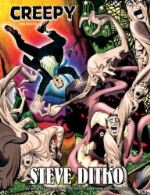 |
 |
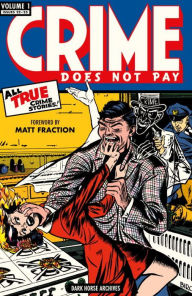 |
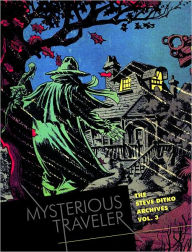 |
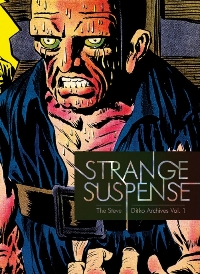 |
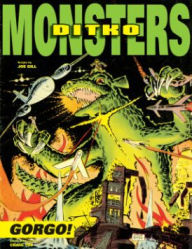 |
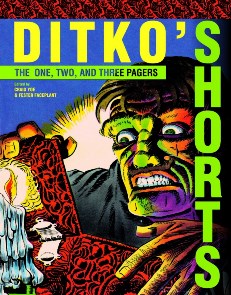 |
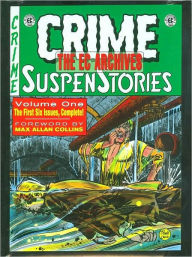 |
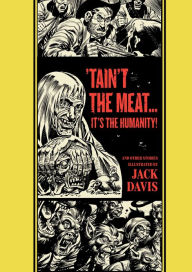 |
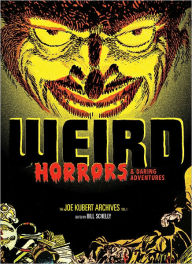 |
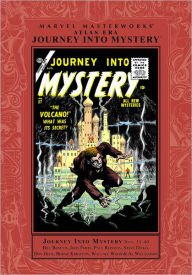 |
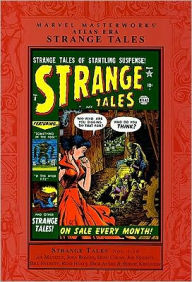 |
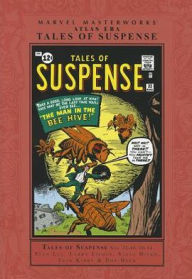 |
 |
 |
 |
 |
 |
 |
 |
 |
 |
 |
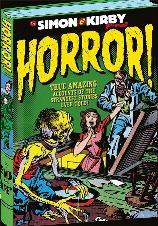 |
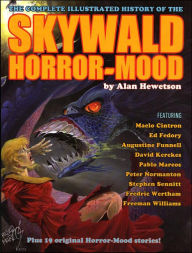 |
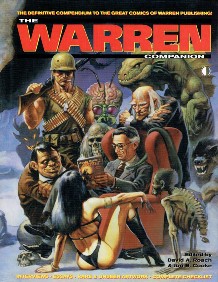 |
Probably the foremost reprint publisher at the moment is Craig Yoe, the original Forelock the Warlock. His hardcover reprints and his love for the medium stand out far and above the rest.
 |
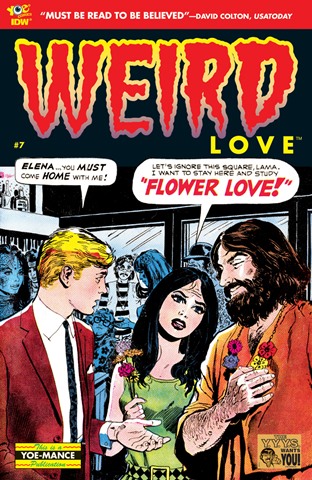 |
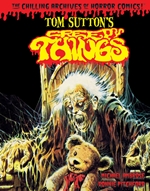 |
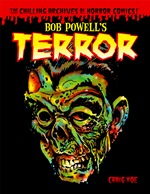 |
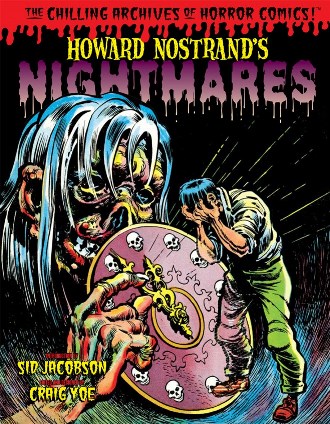 |
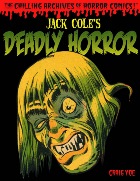 |
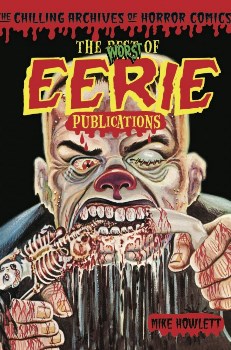 |
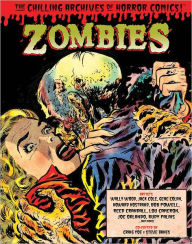 |
There are also modern horror magazines that emulate the style of Warren Publishing, but with original stories and artwork:
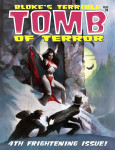
|
Bloke’s Terrible Tomb of Terror |
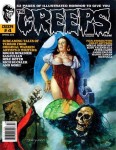
|
The Creeps Magazine |

